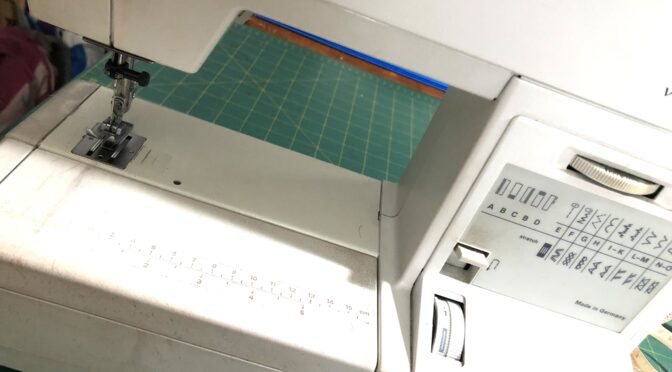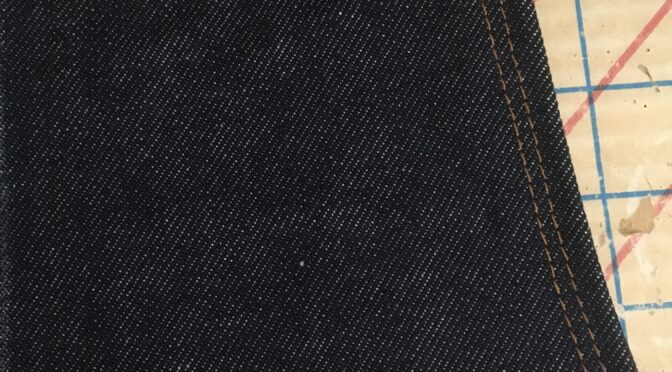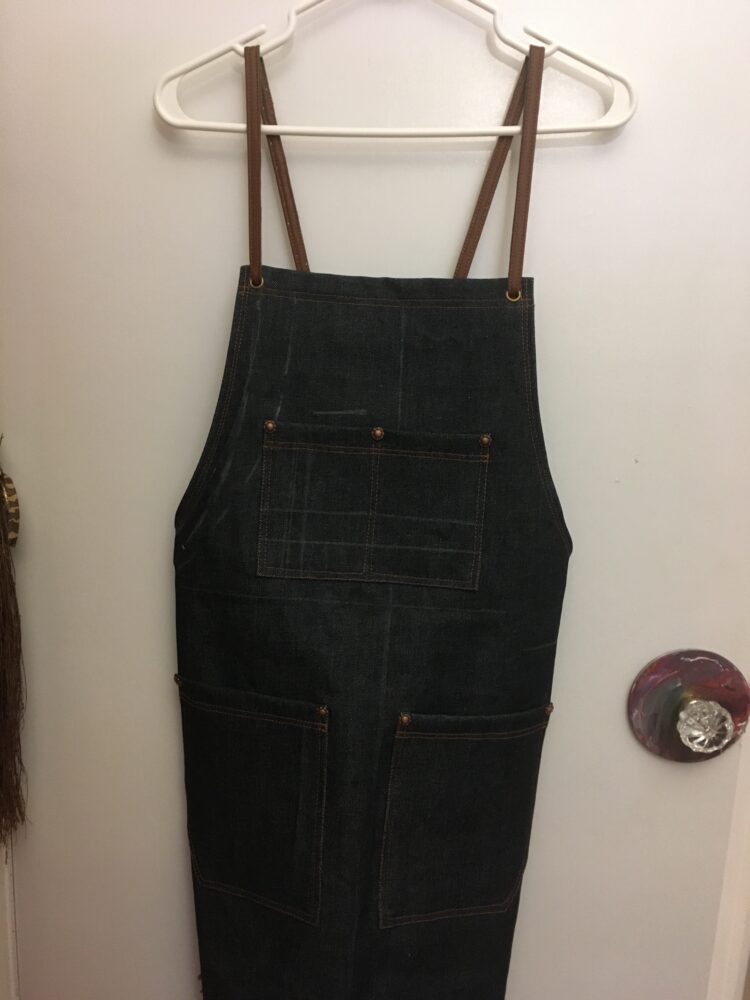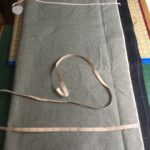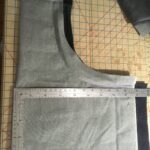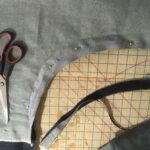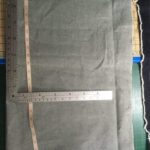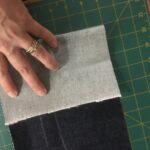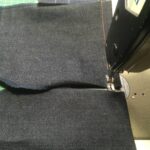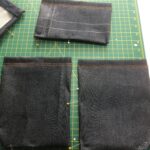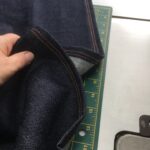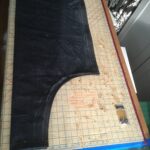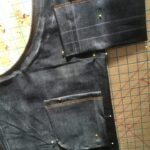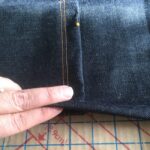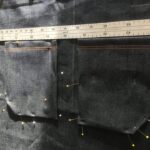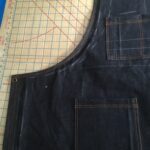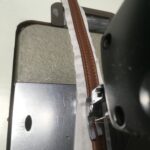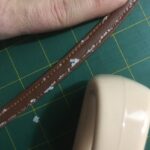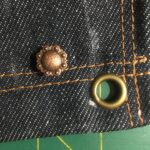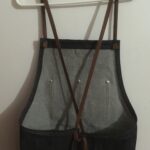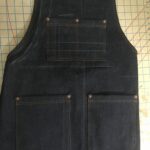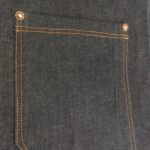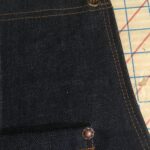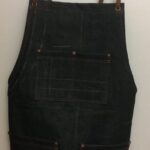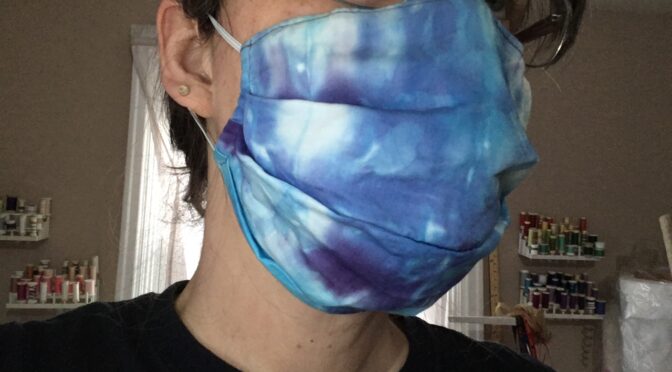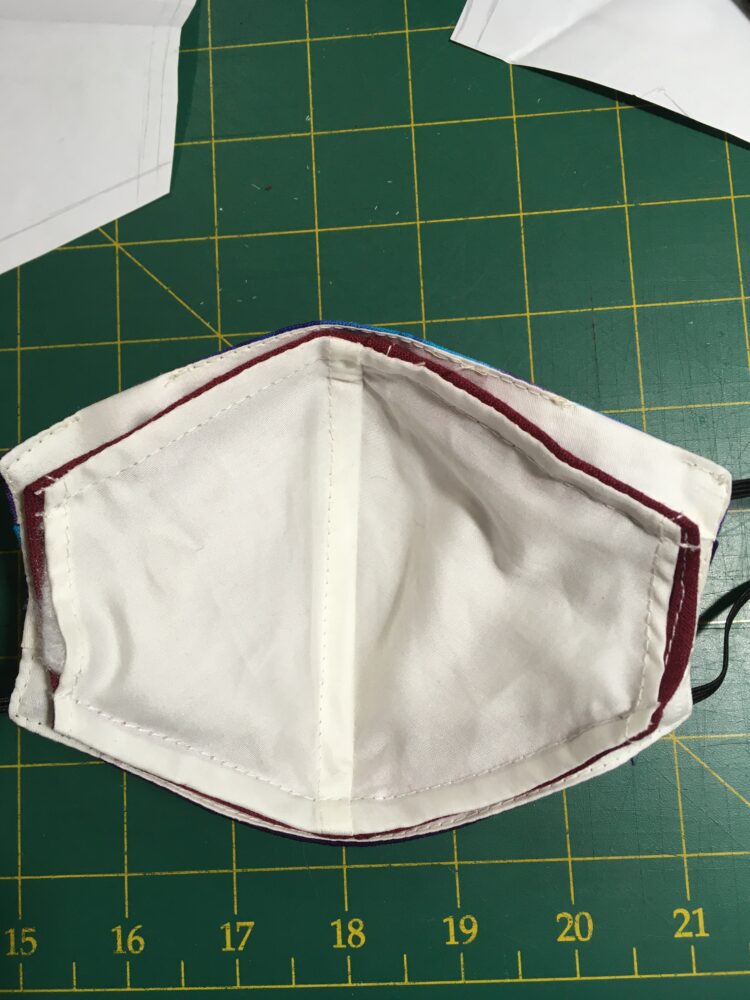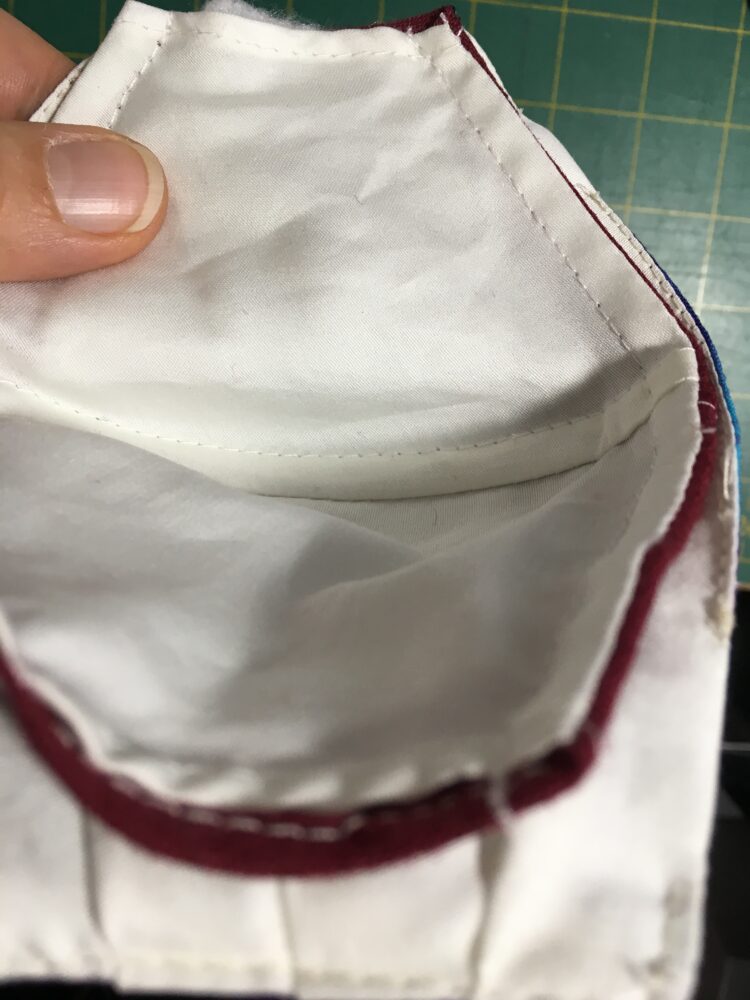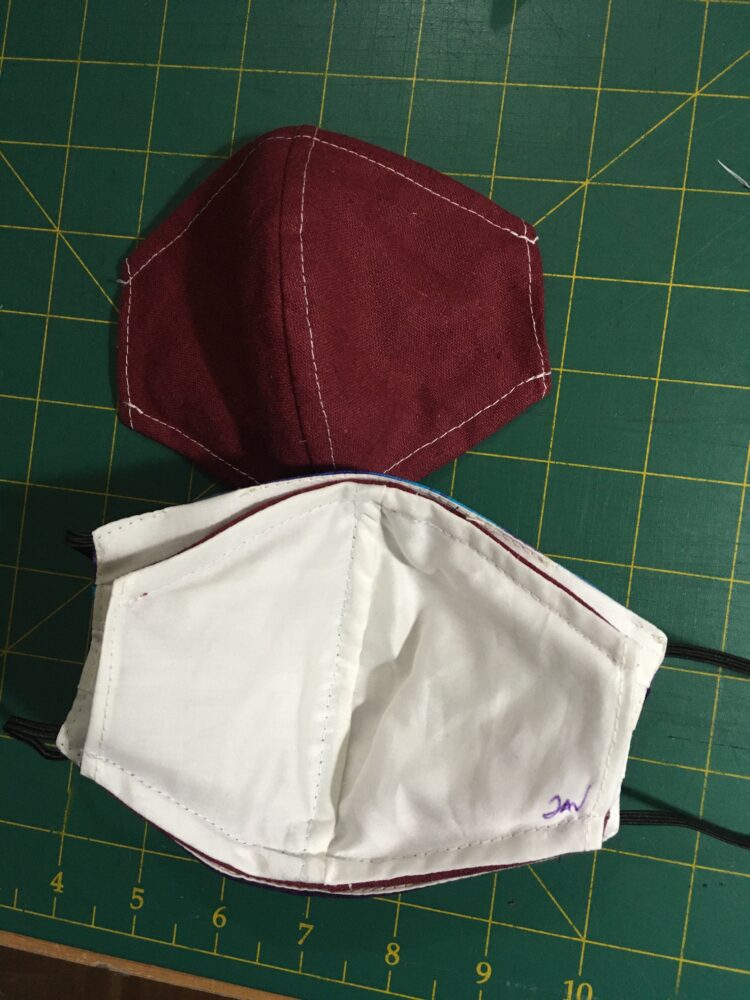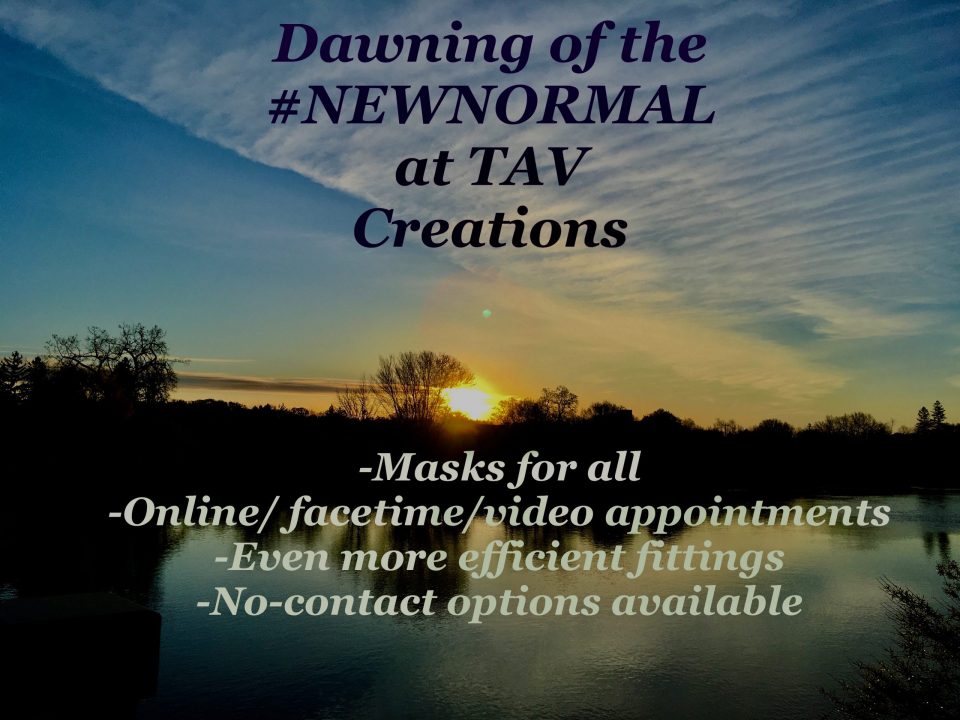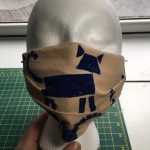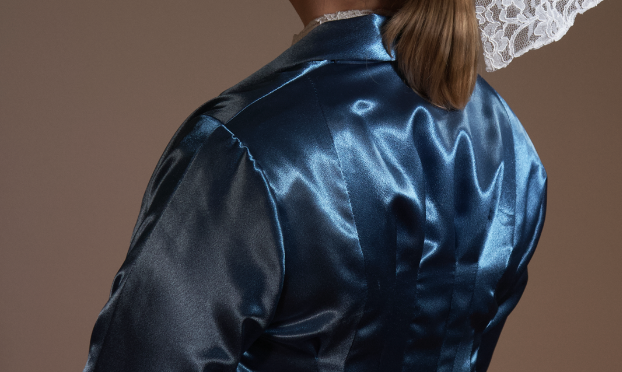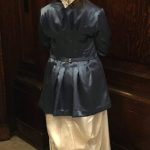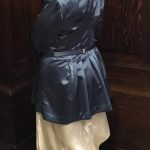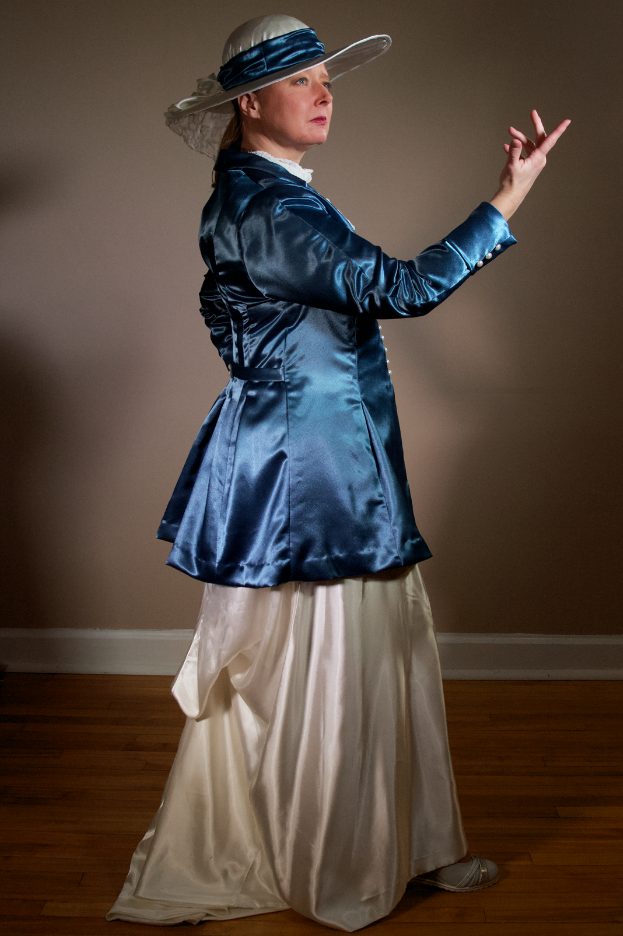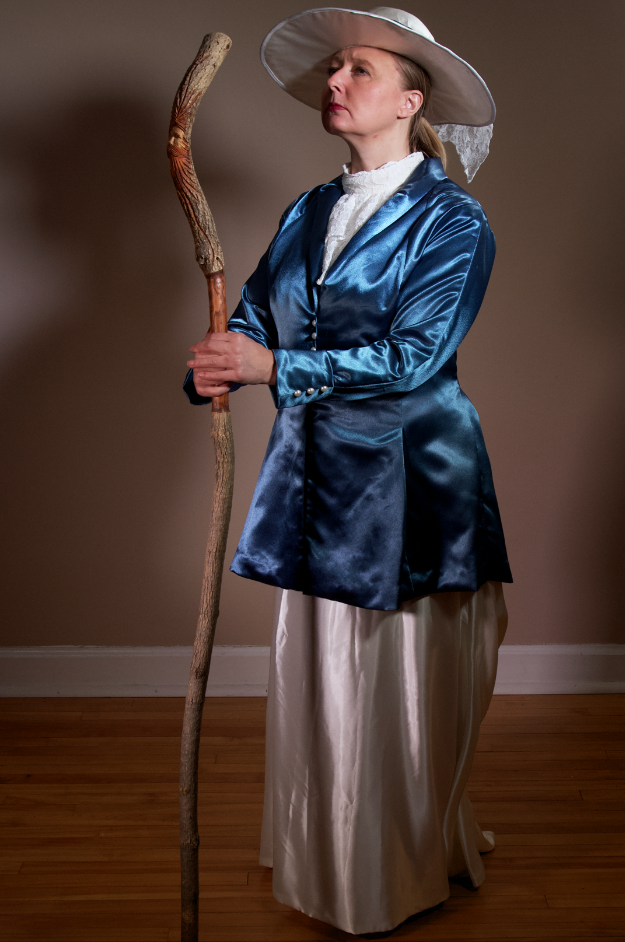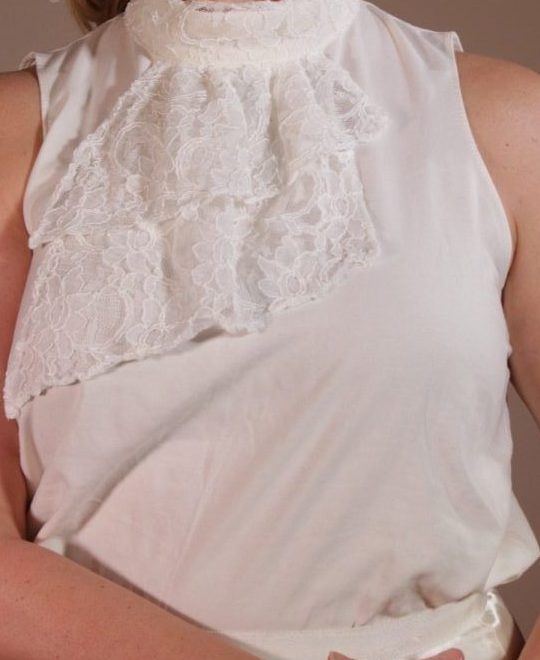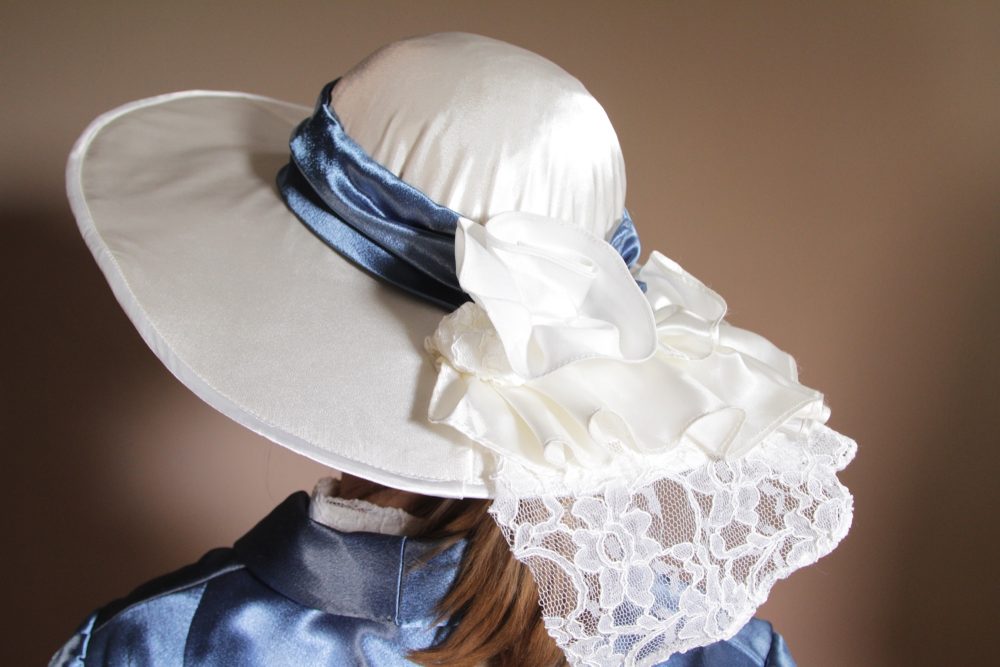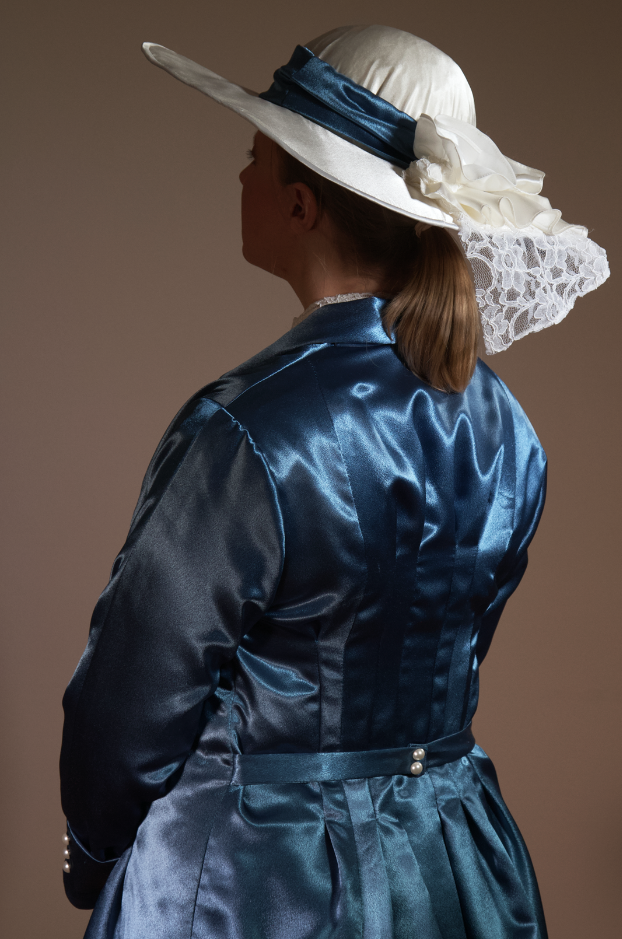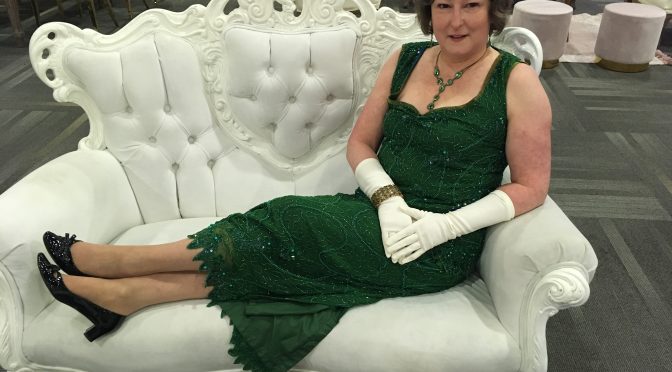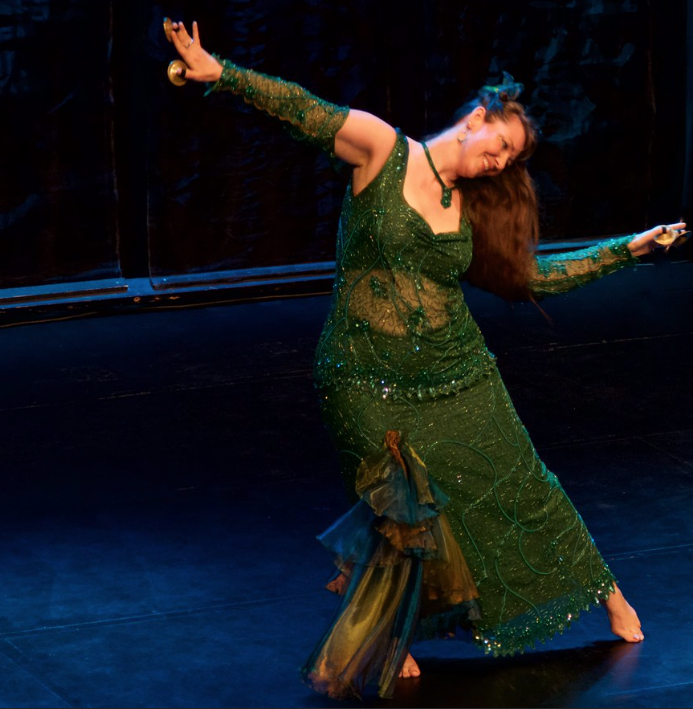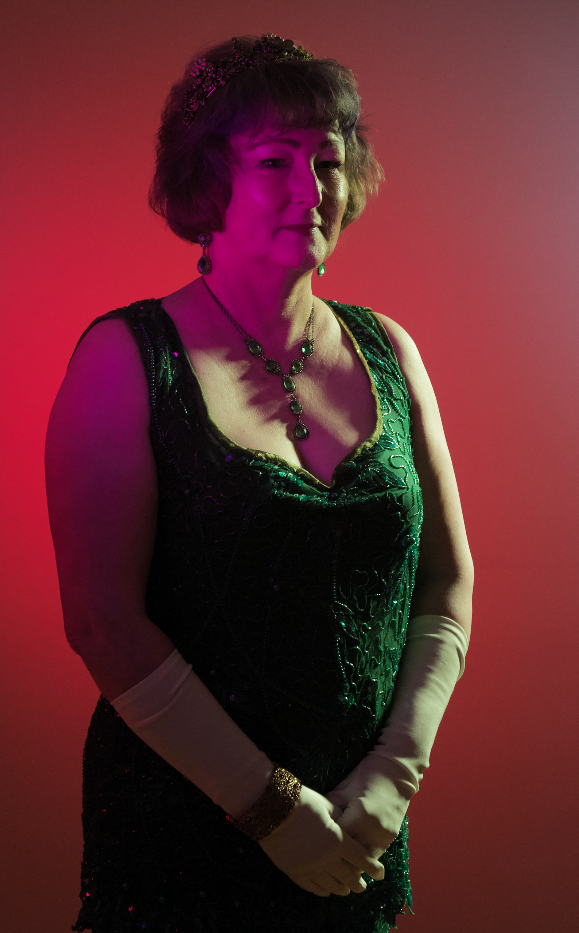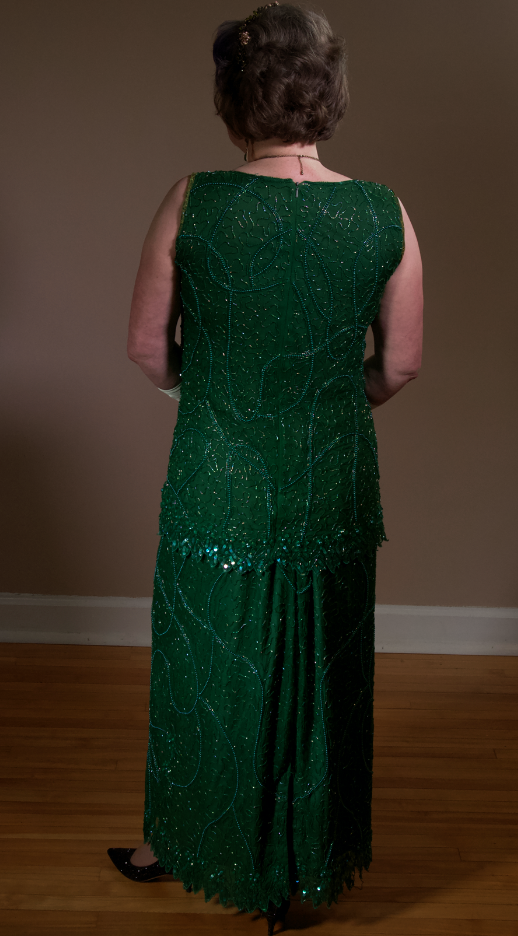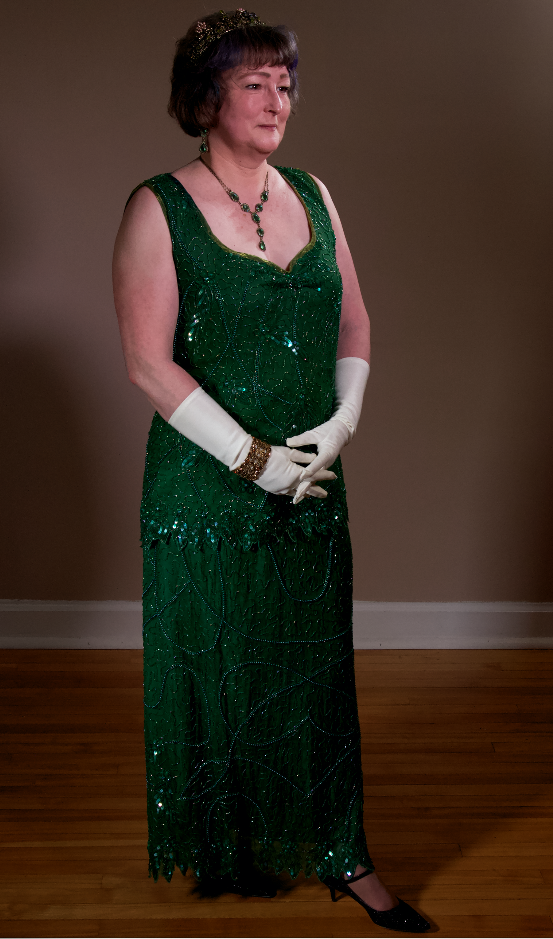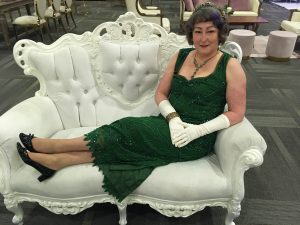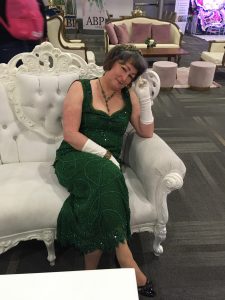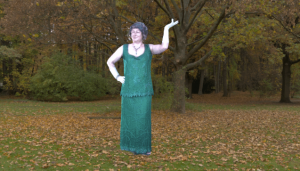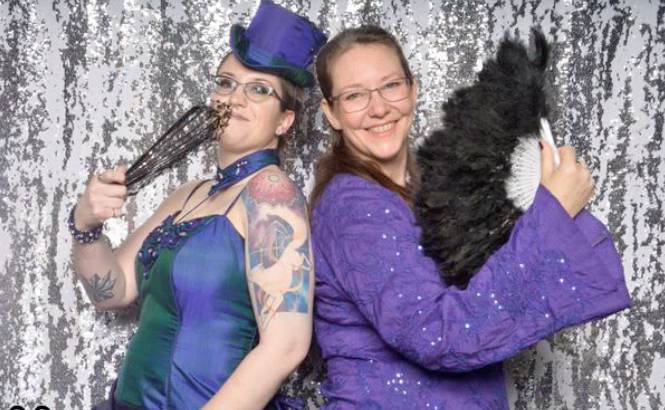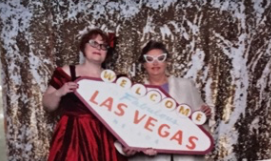It has been a while…
I had been planning on sharing the following thoughts with my sewing classes, but then decided to add it here. They can read it here along with anyone else who might be looking at purchasing a sewing machine for their own personal use or in order to best participate in classes.
So you want to start sewing regularily…
What is your sewing machine status ?
Option 1:
“I have a machine that I love and know how to use. It has all its parts, and manual.”
GREAT – Read through the manual and start practising with scrap fabrics to get to know the machine. Use good quality thread, not the cheap stuff, and make sure to have a pack or two of needles of various sizes to test out.
Option 2:
“I was given a used machine but I don’t know how to use it.”
Do you have the manual?
“Yes”. Read it and see option 1…
“No.” Go get it online, then go to yes.
Option 3:
“I was given a used machine but it’s not working right.”
Have you done yes of option 2?
- The manual shows “cleaning and oiling.” Do that.
Still broken?
Take it to get tuned up professionally…
- -ask at a nearby fabric/ sewing supply store for recommendations
- – search online for local repair shops.
It cannot be saved? Buy a New or Refurbished one.
What type of machine should I get?
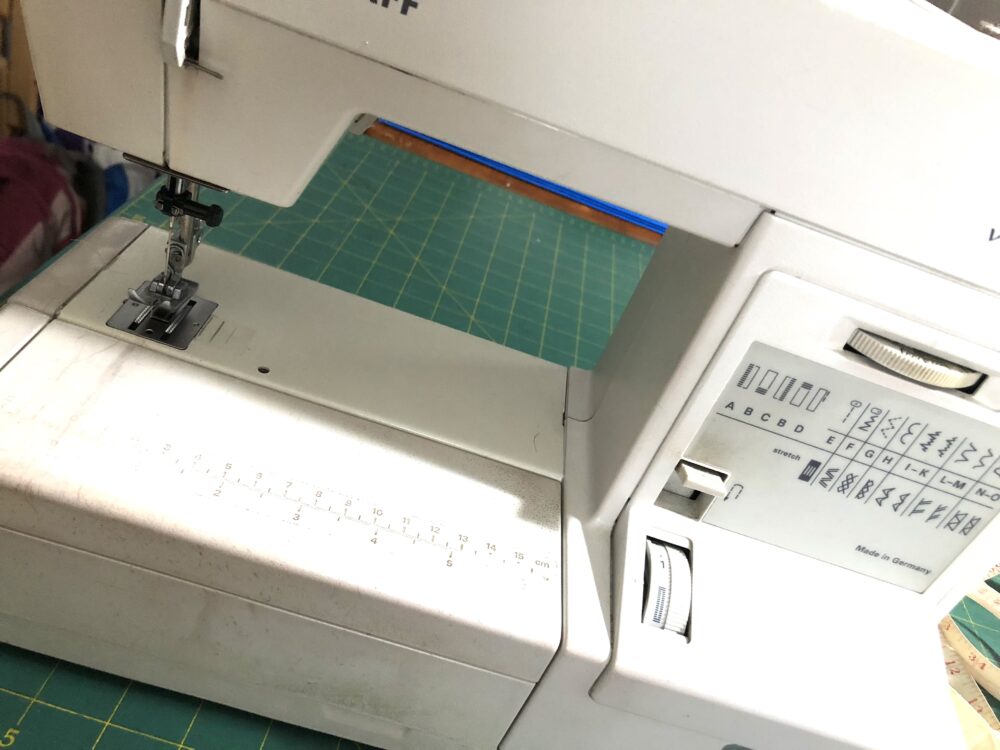
Minimum requirements for a domestic machine that will serve you well :
- Manual < remember you can get it online>
- Functions that are ideal:
- Straight stitch with at least 4 stitch length options
- Zig zag stitch with at least 4 stitch width options
- Basic foot to allow for straight and zigzag
- Zipper foot < optional invisible / hidden zipper foot
You can do almost all of the basic machine sewing with a lower cost machine.
Extra embroidery stitches are nice to have it you hope to do some deceorative work, but can also come later.
Do I need an industrial machine?
Not right away – most domestic machines can do most jobs.
Always ensure you have :
-
- the correct needle size and
- proper feet/ techniques for the materials you are sewing.
If you choose to get an industrial machine – follow the same steps above – manual, practice, correct needles, etc.
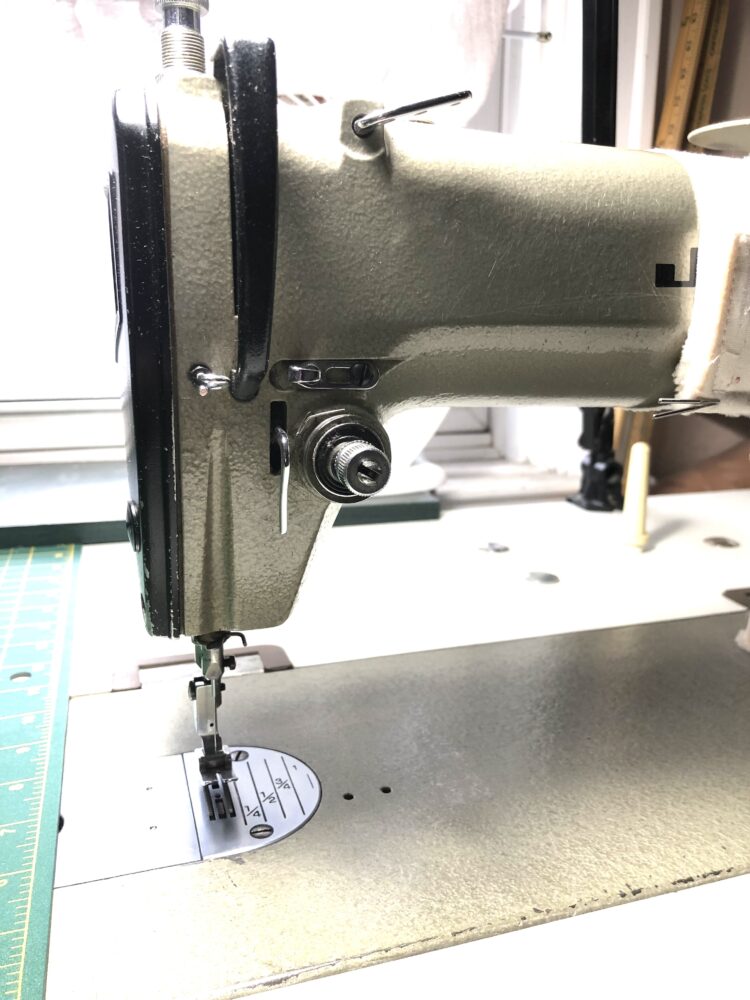
Do I need a serger/ overlock/cover lock machine?
Not yet – wait to see what direction you will go in for your sewing adventures/ work.
Some domestic machines have a “cover stitch ” option and foot, and that will serve until you decide how important it is to be able to trim and serge at the same time. A zigzag stitch can also work for finsihing fabric edges – just test the tension to make sure it’s not too tight.
If you do decide you want one, again, a basic domestic 3-5 thread serger/ overlock can do most finishing for general sewing.
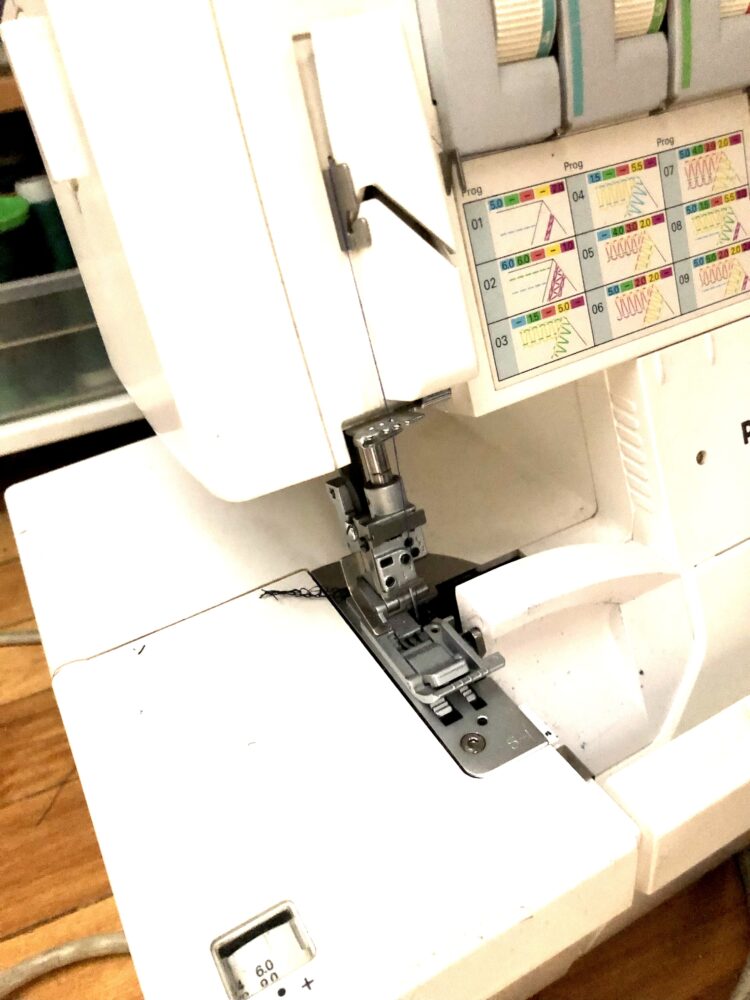
If you choose to make larger quantites of leisure wear/ athletic wear/ stretch wear, research and test the industrial options before investing.
Short and to the point, but if you have thoughts, add them in the comments!

